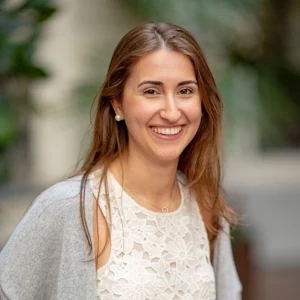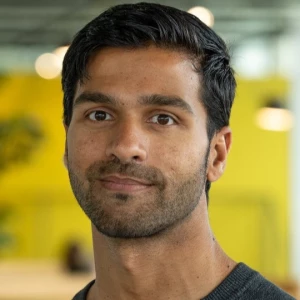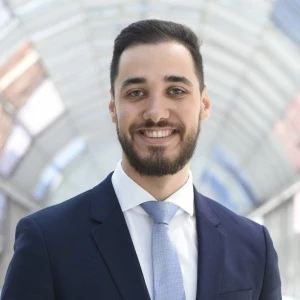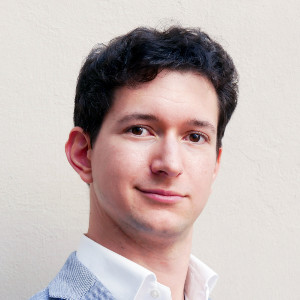Hello Experts and Community, I need your help and support with the following
In case interviews, is it better to have one overarching hypothesis from the start or to form and adjust specific hypotheses for each bucket as you go?
In case interviews, should I:
- State one initial high-level hypothesis at the start, then present my framework, or
- State a specific hypothesis for each bucket as I go deeper?
For example, I might start with a broad hypothesis about the root cause or opportunity, then refine or replace it as I explore each bucket (profitability, market, operations, etc.). I’ve heard BCG favors hypothesis-driven thinking, but I’m unsure if adjusting and restating hypotheses throughout is best practice.
How do you approach this across all case types? and what is the best way to communicate it ?
Thanks






